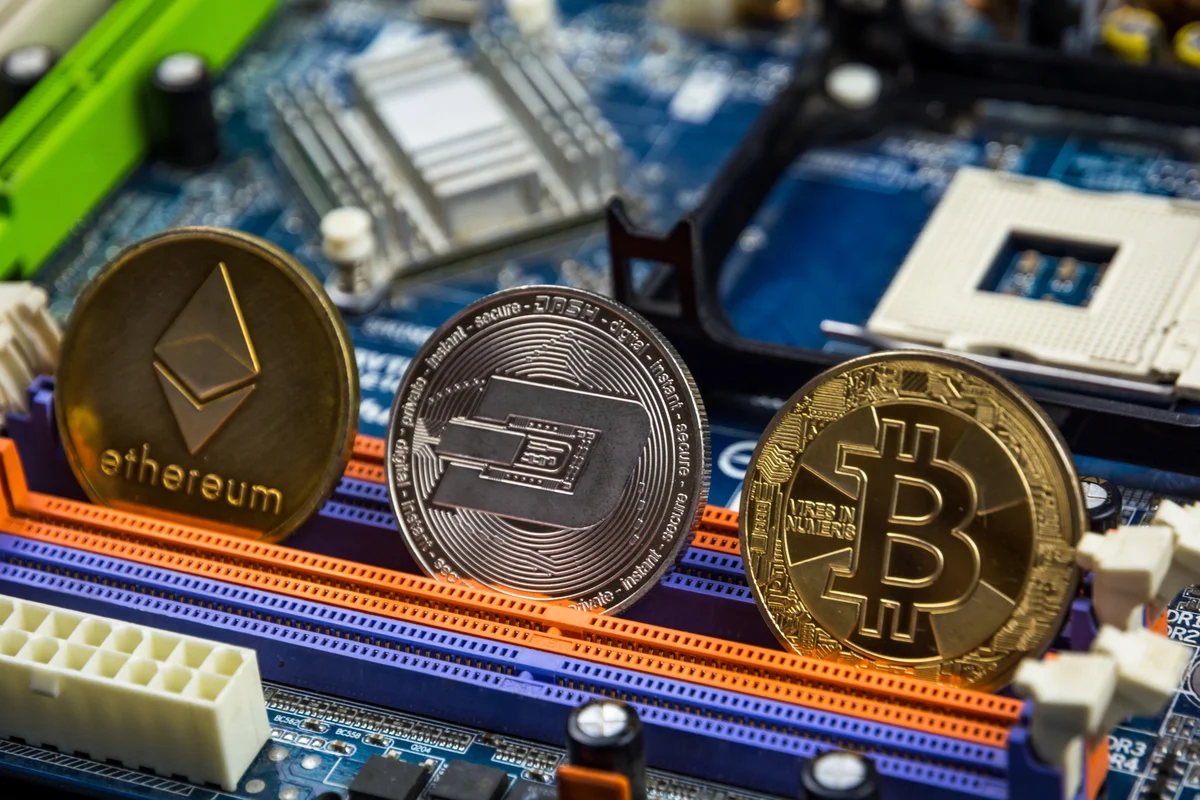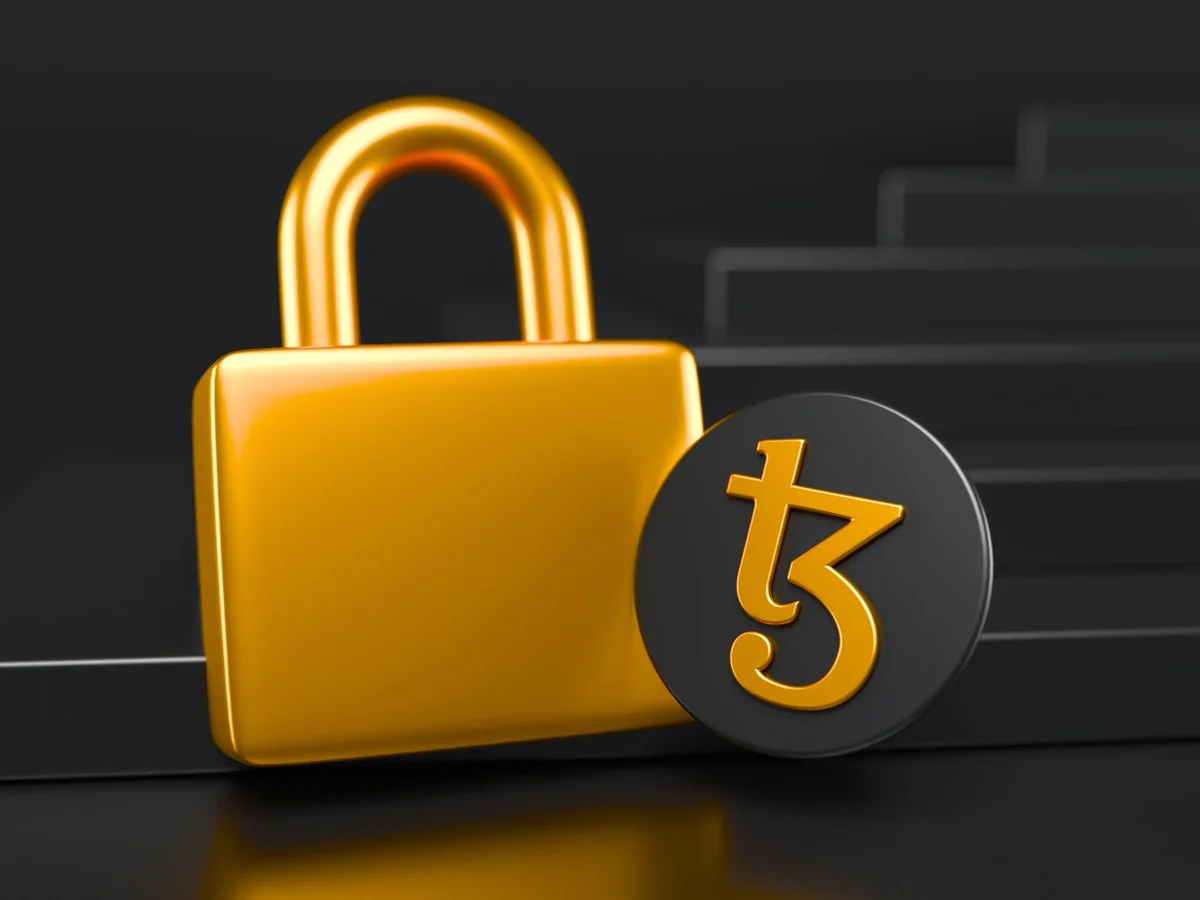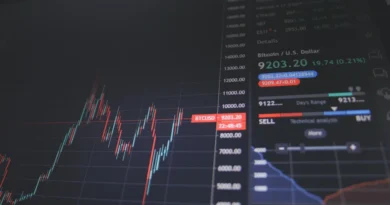Types of Crypto Mining You Should Know
Back in 2009, it was rather a simple task to mine any type of crypto on your own. Only a handful of people actually knew about Bitcoin at that time. Additionally, the coin was worth less than a dollar, so only those who were very enthusiastic about the game even dared to mine it. Getting rewards on a daily basis for new unit creation was very much possible for everyone.
However, the coin saw its first spike in price in 2013, when the number of miners also increased. Back then, it took a couple of months to get a reward, as everyone was working alone. This is when miners saw an opportunity in mining pools, and they quickly united to start mining blocks and sharing the reward evenly.
Different Types of Mining
There are three main types of mining and they are all defined according to the hardware equipment miners use. From the technical point of view, there is CPU mining, GPU mining, and ASIC-based mining. Today, the latter is the most popular option, as it is considered the most technologically advanced option and the fastest way to obtain a block.
GPU mining capabilities are much higher than CPU, so you will see these rigs more commonly. Usually, amateur mining rigs will contain a set of video cards (usually 6-8), minimum RAM, a very cheap CPU, and a simple motherboard. The whole tower would be connected via 1-2 power supplies that run the whole system.
Is CPU Relevant?
As you probably already know, CPUs are found almost in anything today. This piece of hardware is used to run operations and can be found in all laptops, desktops, phones, etc. Still, when it comes to mining cryptocurrencies, the CPU has become somewhat irrelevant. In the early days, you could successfully mine a whole block just with a CPU from your desktop or laptop. However, this was possible only since there were almost no miners.
The hash rate needs to be very low to make CPU mining relevant, and with the current BTC popularity, it is most likely that we will never see this type of mining coming back. You may find some blockchains that feature CPU-based mining algorithms, such as Monero, Zcash, and Bytecoin. The idea behind this was to allow ordinary users to make some profit and not get entirely eaten by large-scale institutional miners.
With all of the above mentioned, we can conclude that CPU mining is in the past, especially when it comes to Bitcoin and other PoW blockchains. Simply, CPU miners don’t have enough hash power to compete, and the electricity can’t be utilized efficiently. Compared to relevant rig varieties, CPU mining can’t perform nearly as well.
Also Read: 10 Ways To Protect Yourself From Online Scams
GPU and ASIC Mining
GPU mining is a result of a huge interest in blockchain and crypto over the past years. The number of miners increased, so is the competition for the mining rewards. These systems are way more efficient in terms of hash rate than CPUs, and they also tend to be more manageable in terms of electricity costs.
The above-mentioned CPU mining hash rate is measured in kilo hashes per second. When it comes to GPU, the hash rate is measured in mega hashes per second. To put it in context, 1 mh/s is equal to 1,000 kh/s. As of 2021, modern GPUs are able to perform at the rate of 60 mh/s. This puts an average GPU miner with a 40 mh/s mining rig 2,000 times ahead of a CPU miner with a simple 20 kh/s station.
In addition, miners usually make their mining rigs with about 10 GPUs per tower, which only further increases their hashing power. Those who have money to invest are even running multiple mining rigs at the same time. It is known that some operations had more than 40 GPU mining rigs working at the same time, from the same room.
GPU miners are also more flexible in terms of a coin that you want to mine. One of the most popular ones are obviously BTC and ETH, but you can also manage to mine other coins with distinct mining algorithms on the network.
Over the years, ASIC mining actually took over and started dominating the industry, especially when it comes to BTC. These setups are designed with the sole purpose of mining cryptocurrency and they are over 200 times more efficient than GPUs. However, there is a downside to these setups as well. They are extremely expensive, ranging from $2,000 to $15,000, and you need to calculate the varying risk factors such as electricity costs, network difficulties, and others.
Cloud Mining
Cloud mining is becoming a very popular option. The simple idea is to rent the equipment from some of the best cloud mining sites and use their service for mining. It is very similar to purchasing cloud storage for your data storage, but it is done for mining. By doing this, you don’t have to expose yourself to varying cost risks, you don’t have to buy any equipment, and you don’t even need some special knowledge when it comes to mining.
Usually, the contracts you can buy will vary in hash rate and duration. Some contracts are even signed to last for years. The good side is that the provider of the service usually has multiple ASIC miners working at the same time, and you would be renting their hash rate. Then, once the contract is over, you would get a proportional reward for the money invested.
Completely renting an ASIC miner is another form of cloud mining, but this option is not as popular as the first solution. However, it does provide more flexibility, but it also comes with more maintenance and setup costs. Technical knowledge on the matter is also obligatory if you choose to go with this option.
Keep in mind that these services might not always be available, since the demand always goes up. So, it is recommended to consider all the risks and benefits and weigh your options carefully!




